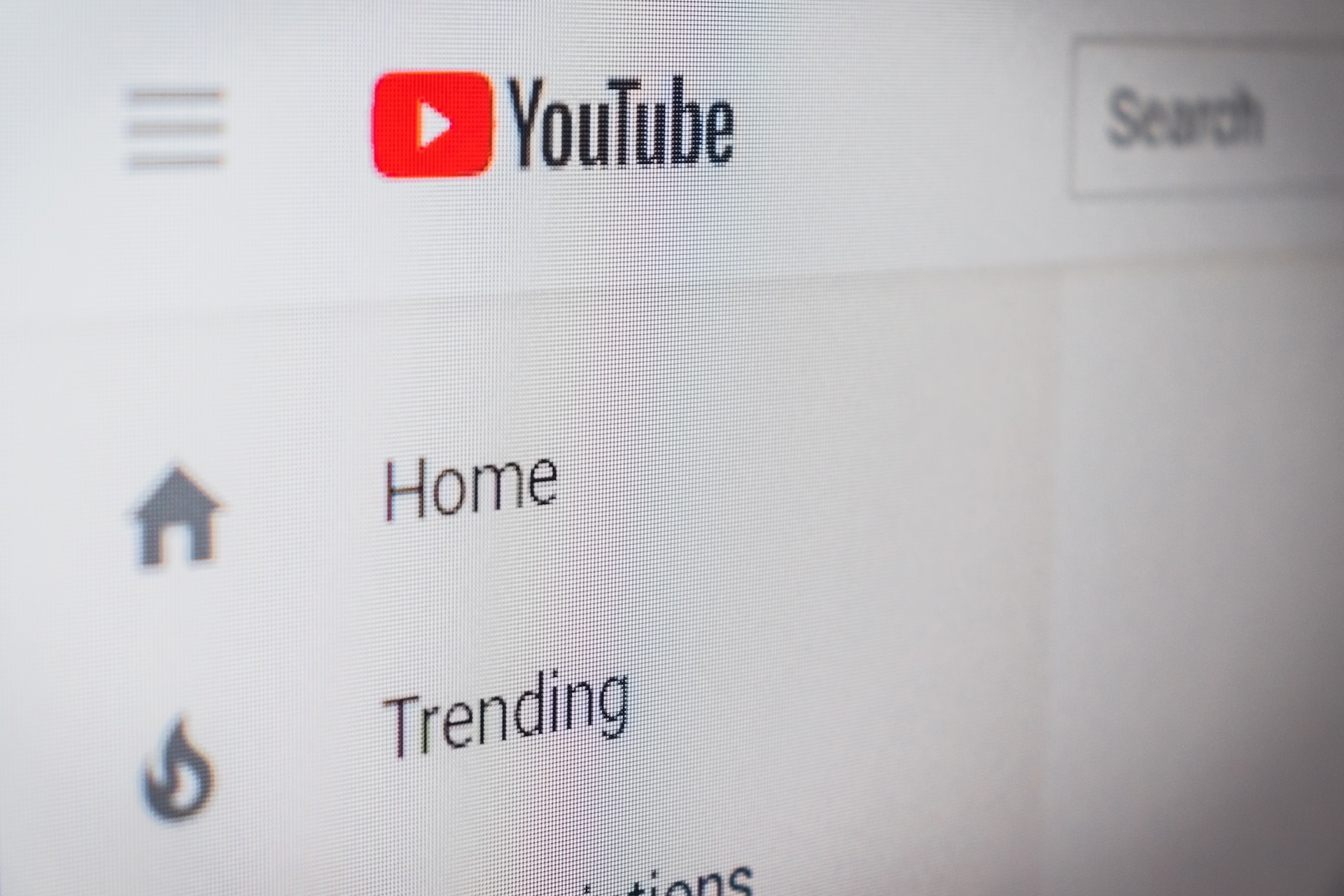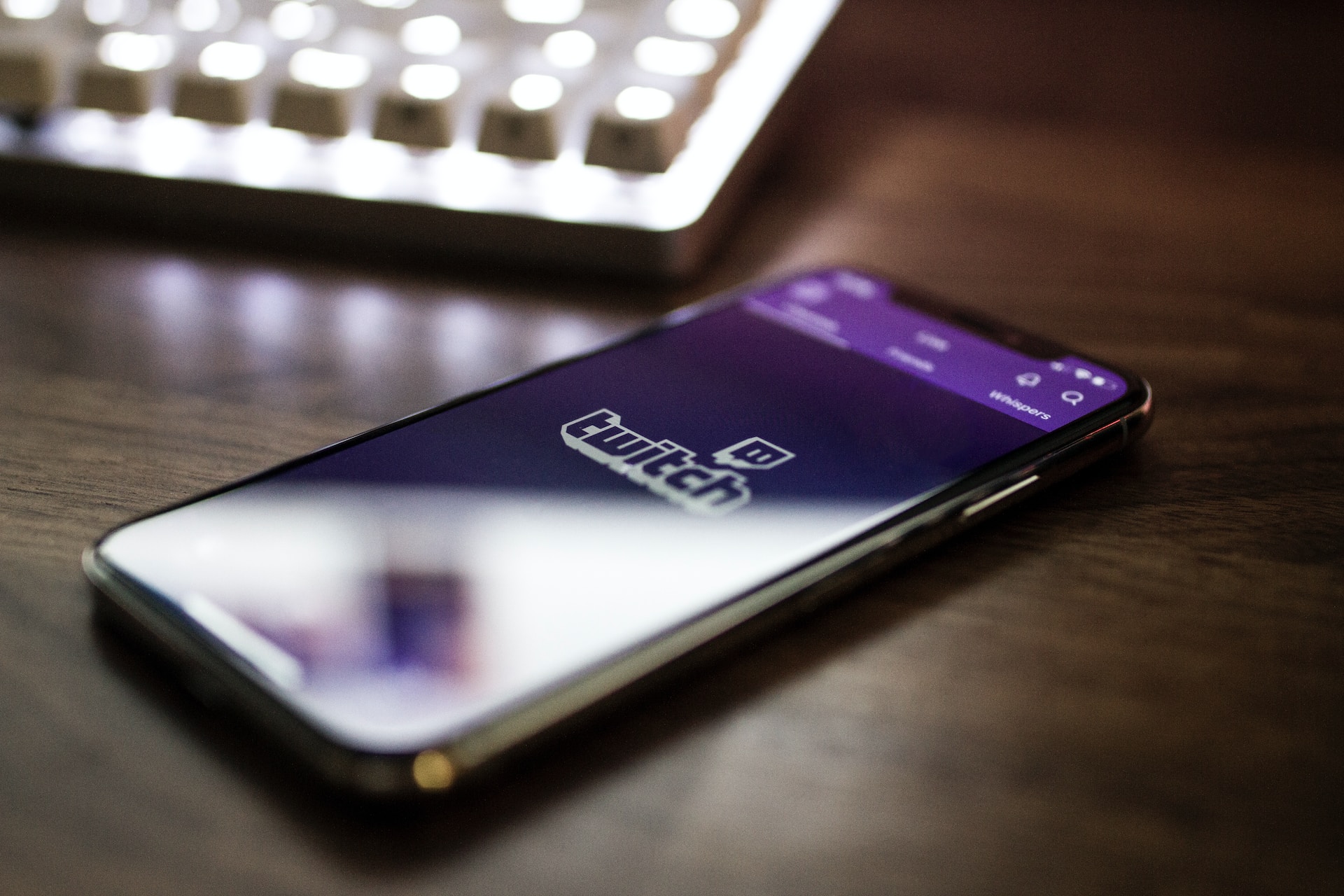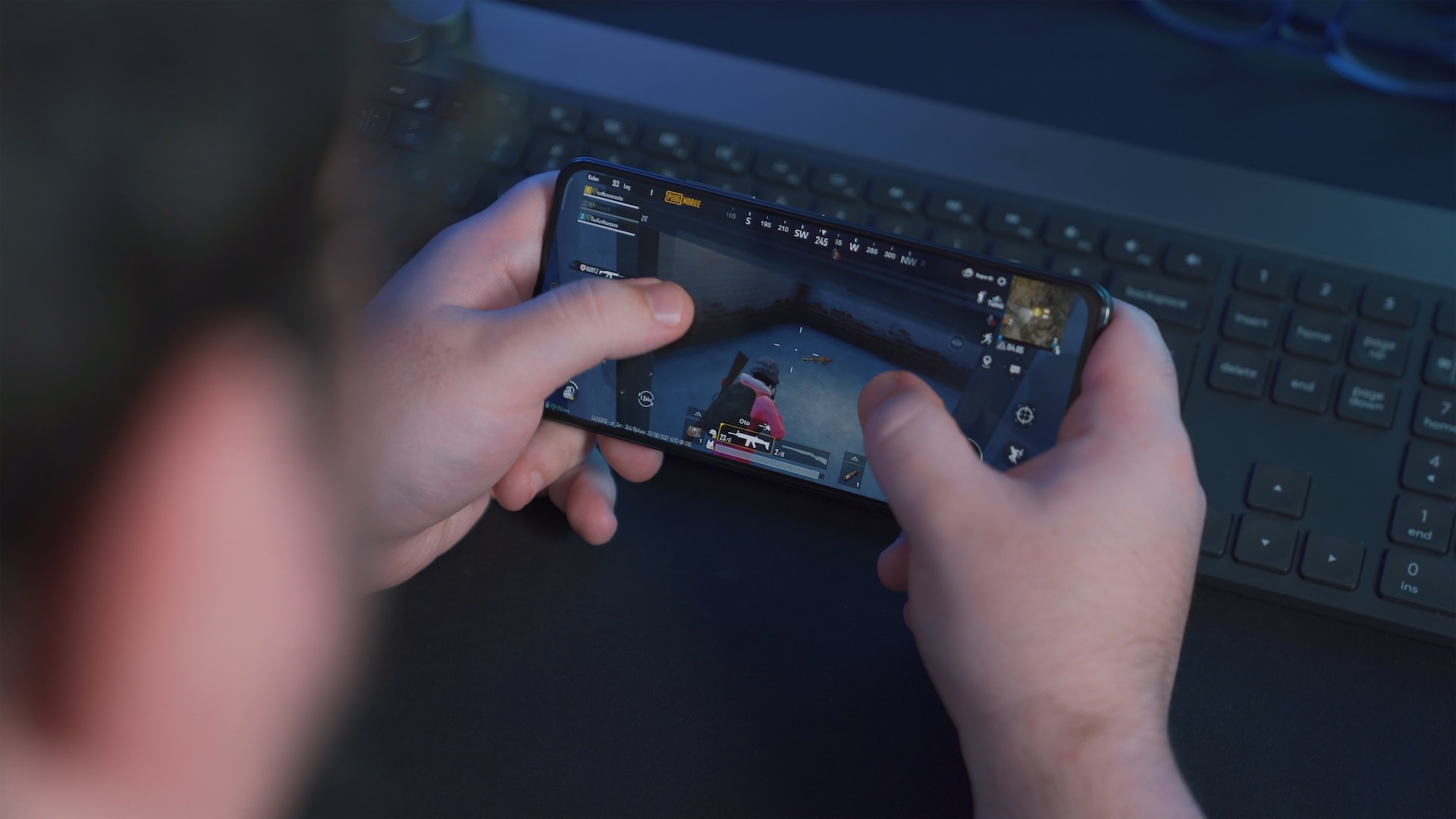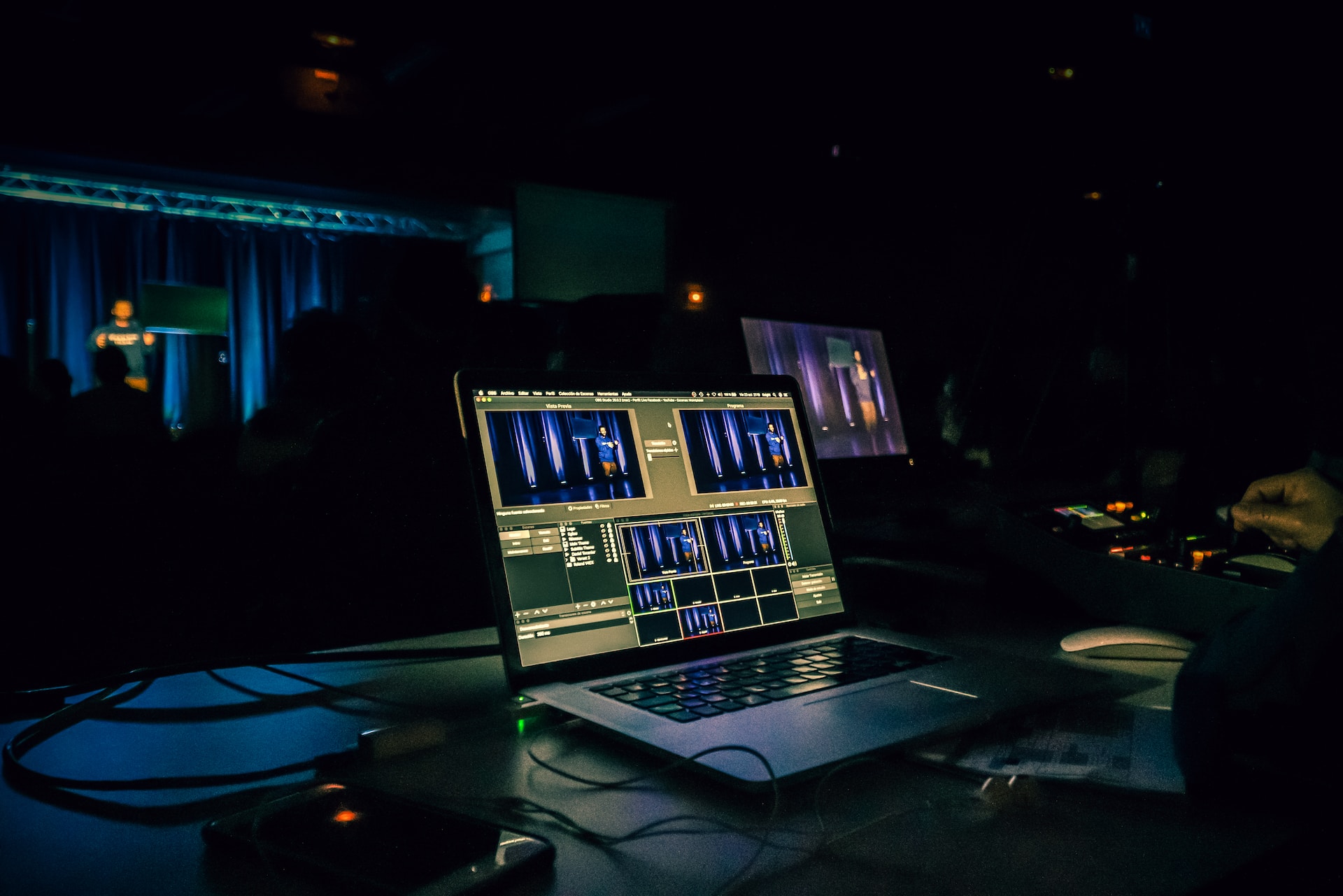The digital landscape has undergone a monumental shift with the advent of online streaming, transforming how audiences engage with content and how creators connect with their fans. At the forefront of this revolution stand two giants: YouTube Gaming and Twitch. As digital arenas for streaming gameplay, these platforms have amassed colossal followings and sparked a rivalry that is shaping the future of entertainment.
YouTube Gaming’s Unique Features

In the realm of online streaming, YouTube Gaming has emerged as a significant player, leveraging the vast user base of its parent platform, YouTube. This integration presents creators with a unique advantage: the ability to tap into both gaming and general audiences. Streamers can seamlessly transition between live streams and traditional video content, maximizing their visibility and reach.
One of the defining features of YouTube Gaming is its emphasis on creative freedom. Unlike Twitch, where gaming takes center stage, YouTube Gaming accommodates a diverse array of content, extending beyond gaming to encompass lifestyle, art, and more. This broad scope enables creators to explore new horizons while retaining the gaming-focused core.
Twitch’s Dominance and Community
Twitch, on the other hand, pioneered the concept of live streaming in the gaming sphere. Initially catering exclusively to gamers, Twitch swiftly transformed into a thriving community where viewers connect with streamers in real-time. Its chat functionality, replete with emotes and interactive features, fosters a sense of camaraderie that transcends virtual boundaries.
Twitch’s cultural impact cannot be underestimated. It has given rise to streaming celebrities, shaping new forms of entertainment and building communities around specific games and personalities. The platform’s focus on live interactions and engagement sets it apart as a dynamic hub for not only gaming but also online socialization.
Comparing Monetization Strategies

Twitch monetization
At its core, Twitch monetization involves generating revenue from your streams through a combination of viewer contributions, advertising, subscriptions, and partnerships. This multi-faceted approach empowers creators to diversify their income streams, reducing reliance on a single source of earnings.
- Subscriptions: Twitch offers a subscription model that allows viewers to subscribe to a streamer’s channel for a monthly fee. Subscribers gain access to exclusive emotes, badges, and other perks determined by the streamer. Creators receive a portion of the subscription fee, with the exact split depending on their partnership status.
- Bits and Cheers: Bits are virtual currency purchased by viewers to support streamers. Viewers can use Bits to send “Cheers” in the chat, which are accompanied by animated emotes. Streamers earn a share of the revenue generated from Bits.
- Ad Revenue: Twitch displays ads during streams, providing an additional revenue stream for creators. Ad revenue is influenced by factors such as viewership, ad completion rates, and the frequency of ad breaks.
- Donations and Tips: Viewers can make direct donations to streamers through platforms like PayPal and other payment methods. Many streamers set up donation alerts to acknowledge and thank their supporters during live streams.
- Affiliate and Partner Programs: Twitch offers the Affiliate Program for emerging creators and the Partner Program for established streamers. Both programs provide access to monetization features, with Partners enjoying more benefits and customization options.
Building a Monetization Strategy:
- Audience Engagement: Cultivate a loyal viewer base through engaging content and interactive streams. Create a welcoming community that encourages viewers to support you financially.
- Consistent Streaming Schedule: Establish a predictable streaming routine to attract regular viewers who may subscribe or contribute consistently.
- Variety and Quality: Offer diverse content to appeal to a broader audience. Invest in quality audio, video, and production value to enhance the viewer experience.
- Networking and Collaborations: Collaborate with other streamers and participate in events to expand your reach and attract new viewers.
Navigating Challenges and Considerations:
- Copyright and Music: Be cautious when playing copyrighted music during streams, as it can lead to content takedowns or muted VODs.
- Viewer Support: While monetization is vital, prioritize community-building and genuine connections with viewers.
- Platform Guidelines: Familiarize yourself with Twitch’s terms of service and community guidelines to avoid violations that could impact your monetization.
YouTube monetization
Monetizing on YouTube involves earning money from your videos through various channels, such as advertising, channel memberships, merchandise, and more. Whether you’re a seasoned creator or just starting, YouTube offers multiple paths to generate income while producing content that resonates with your audience.
Key Monetization Channels on YouTube:
- Ads Revenue: The YouTube Partner Program allows creators to earn money by displaying ads on their videos. Ad revenue is based on factors like video watch time, ad engagement, and viewer demographics. Creators share a portion of the ad revenue with YouTube.
- Channel Memberships: Creators with over 30,000 subscribers can offer channel memberships to their audience. Subscribers pay a monthly fee to access perks like custom emojis, badges, and exclusive content. Creators receive a share of the membership fee.
- Super Chat and Super Stickers: During live streams and Premiere videos, viewers can purchase Super Chats and Super Stickers to have their messages highlighted. Creators earn a portion of the revenue from these purchases.
- YouTube Premium Revenue: YouTube Premium subscribers watch ad-free content and support creators through a portion of their subscription fee.
- Merchandise Shelf: Eligible creators can showcase their merchandise directly on their YouTube channel. This feature encourages viewers to explore and purchase creator-branded products.
Strategies for Successful Monetization:
- Quality Content Creation: Focus on producing high-quality, engaging videos that cater to your target audience’s interests.
- Audience Engagement: Foster a sense of community by actively engaging with your audience through comments, live chats, and social media.
- Consistency and Schedule: Establish a consistent uploading schedule to keep your viewers engaged and coming back for more.
- Diversify Content: Experiment with different content formats to appeal to a broader audience and keep your channel fresh.
- SEO and Video Optimization: Use relevant keywords, tags, and titles to improve your videos’ discoverability on YouTube’s search and recommendation algorithms.
Navigating Challenges and Considerations:
- Copyright and Content ID: Be mindful of copyrighted content and utilize YouTube’s Content ID system to prevent copyright strikes.
- Viewer Engagement Over Monetization: While earning revenue is important, prioritize building genuine connections with your audience for long-term success.
- Ad-Friendly Content: Create content that aligns with YouTube’s ad-friendly guidelines to ensure consistent ad placements.
Interactive Elements and Engagement
Interactivity lies at the heart of both platforms, albeit with distinct flavors. YouTube Gaming’s live chat and Super Chat functions enable direct engagement, while Twitch’s emote-based culture and Bits contributions add a layer of expression to interactions. Each platform provides a unique means of building connections and turning passive viewers into active participants.
Content Diversity and Discoverability
YouTube Gaming’s broad content spectrum allows creators to explore various niches, granting flexibility in content creation. This diversification aids discoverability, as audiences seeking diverse forms of entertainment can stumble upon gaming-related content. Conversely, Twitch maintains its stronghold in gaming content, catering to audiences with specific gaming interests.
Exclusive Partnerships and Events
Both platforms actively cultivate partnerships and events to engage their communities. YouTube Gaming has secured exclusive streaming rights to major gaming events, attracting a global audience. Twitch, on the other hand, hosts its annual TwitchCon and promotes collaborations, such as tournaments and charity streams, fostering a sense of unity among its users.
Mobile Streaming and Accessibility

In the mobile arena, YouTube Gaming offers a streamlined mobile app that makes streaming on-the-go accessible and straightforward. This feature appeals to creators who prioritize flexibility and convenience. Twitch, too, supports mobile streaming, allowing creators to connect with audiences from anywhere, expanding their reach beyond traditional setups.
Twitch mobile streaming has become increasingly popular, allowing content creators to broadcast live video directly from their mobile devices. This accessibility to live streaming has opened up new opportunities for creators who may not have access to more traditional streaming setups, or who want to share content on the go. Additionally, it has enabled a wider range of content, from IRL (In Real Life) streams to outdoor adventures and events, to be shared in real-time with audiences.
YouTube mobile streaming also plays a significant role in making live streaming accessible to a wide range of creators and viewers. Just like with Twitch, there are several considerations when it comes to accessibility in the context of YouTube mobile streaming:
- Platform Accessibility: YouTube’s mobile app should prioritize accessibility features, such as scalable text, clear color contrast, and compatibility with screen readers for visually impaired users. The app’s interface should be designed with inclusive practices in mind.
- Captioning and Subtitles: Providing accurate captions or subtitles for live streams is crucial for making content accessible to deaf and hard-of-hearing viewers. YouTube provides tools to add automatic captions, and creators should also consider using professional captioning services for higher accuracy.
- User Interface (UI) Accessibility: The mobile app’s user interface should be intuitive and easy to navigate for users with various disabilities. Proper labeling of buttons, logical navigation flow, and an uncluttered design all contribute to a more accessible experience.
- Chat Interaction: Just like on Twitch, the chat feature on YouTube’s mobile streams should be designed to accommodate users with disabilities. Voice command options or integration with third-party assistive technologies can enhance accessibility.
- Gesture and Motion Controls: Similar to Twitch, YouTube mobile streaming relies on gestures and motion controls. These should have alternatives for users who cannot use them comfortably due to disabilities.
- Testing and Feedback: Regular testing with assistive technologies and gathering feedback from users with disabilities is essential for identifying and addressing accessibility issues. YouTube should actively engage with the community to understand their needs and improve the platform accordingly.
- Promoting Accessibility Awareness: YouTube can educate its creators about the importance of accessibility and provide resources for making content more inclusive. This can include tutorials on adding captions, optimizing for screen readers, and other accessibility best practices.
- Transparency and Communication: Just as with any platform, YouTube should transparently communicate the accessibility features available in their mobile app and any updates they implement to improve accessibility.
- Live Streaming Setup Assistance: For creators with disabilities who may face challenges in setting up their live streams, YouTube could offer assistance or resources to help them overcome technical barriers.
- Community Engagement: Creating a community that is supportive of accessibility and inclusive content can encourage more creators to prioritize these aspects in their streams. Recognizing and promoting creators who make efforts towards accessibility can also contribute to this effort.
Quality of Streaming and Technical Considerations

YouTube Gaming boasts its infrastructure, renowned for video quality and stability. High-quality streaming is a hallmark of the platform, appealing to creators who value visual fidelity. Twitch, however, places an emphasis on low-latency streaming, enhancing real-time interactions between streamers and viewers.
Copyright and Legal Aspects
Navigating the legal complexities of streaming is crucial. Both platforms have encountered copyright challenges, with Twitch grappling with DMCA takedowns and YouTube Gaming dealing with content protection concerns. Streamers must tread carefully, understanding the platforms’ policies to avoid copyright infringements.
Growth and Future Prospects
The landscape of online streaming continues to evolve, and both platforms are actively adapting to remain competitive. YouTube Gaming’s integration with YouTube positions it to reach a broader audience, making it an attractive option for creators seeking visibility. Twitch, with its established gaming community, is working to expand into new realms while retaining its core identity.
FAQ

- Q: Which platform offers better revenue potential for streamers?
- A: Both platforms provide monetization options, but the choice depends on your content and audience.
- Q: Can I stream non-gaming content on Twitch?
- A: While Twitch is primarily gaming-focused, some non-gaming content may be suitable, but consider your target audience.
- Q: What sets YouTube Gaming’s community apart from Twitch?
- A: YouTube Gaming offers a diverse community due to its integration with the broader YouTube platform.
- Q: How can I protect my content from copyright issues?
- A: Understand each platform’s copyright policies, use royalty-free content, and be cautious with copyrighted material.
- Q: What’s the future of online streaming?
- A: The future holds expansion, innovation, and increased accessibility as platforms continue to adapt to evolving trends.
Conclusion
The rivalry between YouTube Gaming and Twitch embodies the dynamic nature of the online streaming landscape. Creators and viewers alike are presented with distinct opportunities, each platform catering to different preferences. YouTube Gaming’s integration, content diversity, and accessibility appeal to those seeking a broader reach, while Twitch’s strong gaming community and interactive features foster unique connections. Ultimately, the battle for online streaming dominance reflects the evolving preferences of content creators and audiences, promising a future where both platforms thrive in their own right.

Kevin Taylor is a technology writer with almost two decades of experience covering consumer tech. Before joining Virtualbooktourcafe.com, Kevin ran his own publication, reviewing numerous tech gadgets and managing a team of writers. With a deep interest in computers, writing, photography, and hobbies like drag racing, hockey, and MMA, Kevin brings a diverse range of expertise to his work.
